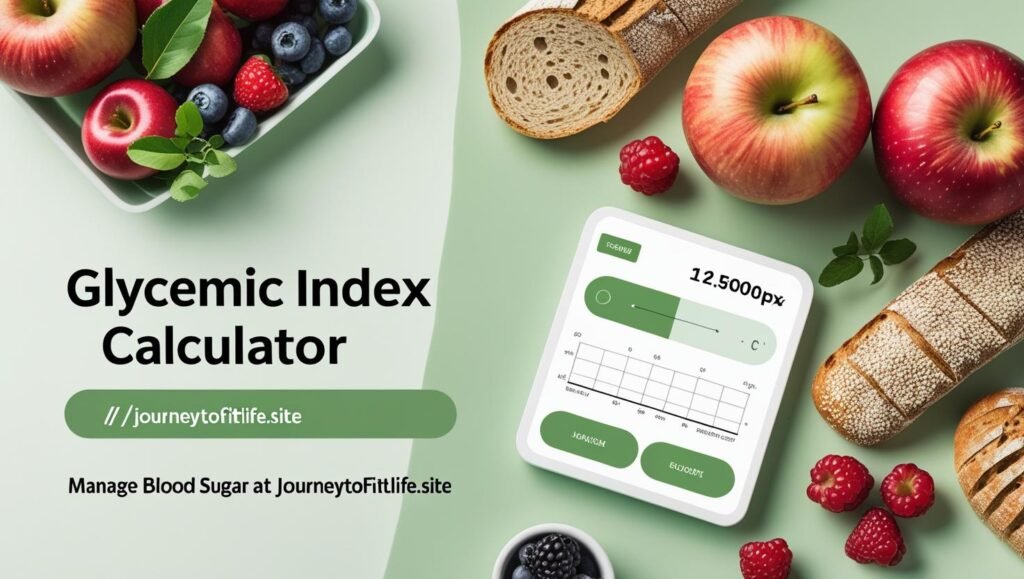
Calculate Glycemic Load
Understanding Glycemic Index & Load
The Glycemic Index (GI) measures how quickly foods raise blood sugar levels compared to pure glucose. Foods are ranked on a scale from 0 to 100:
- Low GI (55 or less): Causes a slower, smaller rise in blood sugar
- Medium GI (56-69): Causes moderate blood sugar changes
- High GI (70 or more): Causes rapid spikes in blood sugar
However, the Glycemic Load (GL) provides a more complete picture by accounting for both the quality (GI) and quantity (grams of carbohydrates) of carbs in a serving:
- Low GL (10 or less): Minimal impact on blood sugar
- Medium GL (11-19): Moderate impact on blood sugar
- High GL (20 or more): Significant impact on blood sugar
The formula for calculating Glycemic Load is:
GL = (GI × Carbs per serving) ÷ 100
For more information on how diet affects blood sugar, check out our article on Balanced Nutrition for Diabetes Management or learn about Low-Carb Diet Benefits.
Why Glycemic Index Matters
Understanding the glycemic index of foods can help you:
- Manage blood sugar levels
- Control hunger and appetite
- Improve weight management
- Reduce risk of type 2 diabetes
- Enhance heart health
Learn more about Blood Sugar Management Strategies in our comprehensive guide.
Common Foods Comparison
Need Personalized Advice?
Our nutrition experts can help you create a meal plan based on your glycemic index needs.
Book a ConsultationFrequently Asked Questions
Related Articles
The Science Behind Low-GI Diets
Explore the research and evidence supporting low glycemic index eating patterns.
Read more →Meal Planning for Diabetes Management
Practical tips for creating balanced meals that help control blood sugar levels.
Read more →Smart Grocery Shopping Guide
How to navigate food labels and make healthier choices at the supermarket.
Read more →